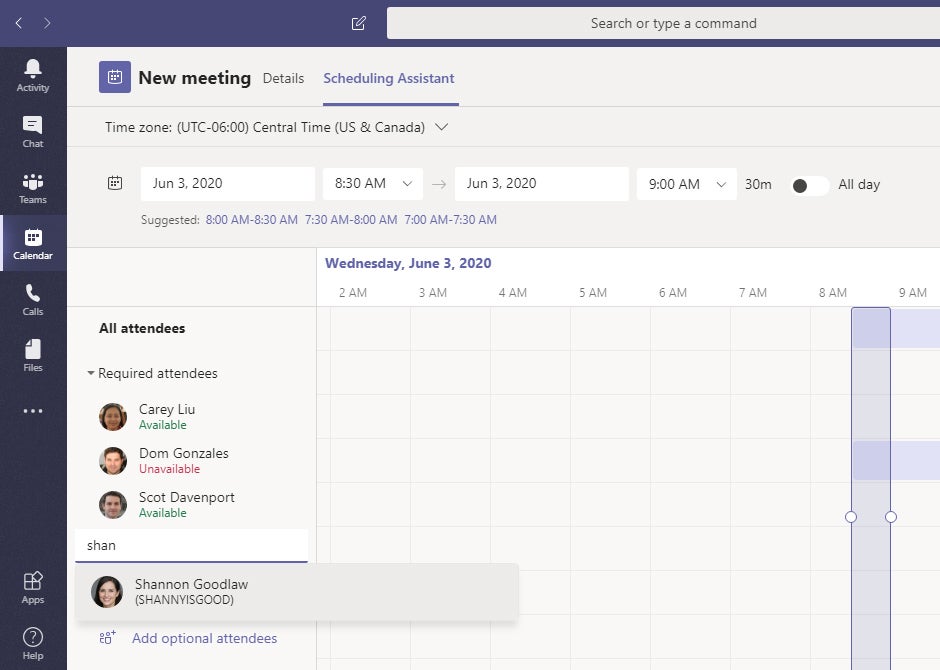

In this way, if you have a conversation that is complex and you onboard new people or other people have an interest in the topic, all they need to do is review the posts to catch up. All posts to the channel are journaled so people can see the history of the conversation. In short, whatever fits your needs.Įach channel has its own “Posts” feed, which is often called team chat.

A sales team may want channels for new opportunities, resources, and dedicated channels for big customers.

For marketing, you might have a channel for special projects, website design, SEO, and others. One of my favorite uses of Teams is for collaborating with people outside of the company such as strategic alliances, partners, consultants, contractors, or others who need to interact with you on projects and products. Special interest groups like "Tues night jam sessions" or "What are you binging?" are often seen. It’s common to see a Team for special events such as roadshows, company meetings, or conferences. Often Teams are organized around functional groups like HR, Legal, or Marketing.

Now, let’s get started with the basics of how to use Microsoft Teams.īelow is a list of the topics to be discussed so you can easily jump to the sections you want to see. In this Microsoft Teams tutorial, we’re going to take a look at how to use some of the platform’s key features, so you can navigate through the software like a pro.


 0 kommentar(er)
0 kommentar(er)
